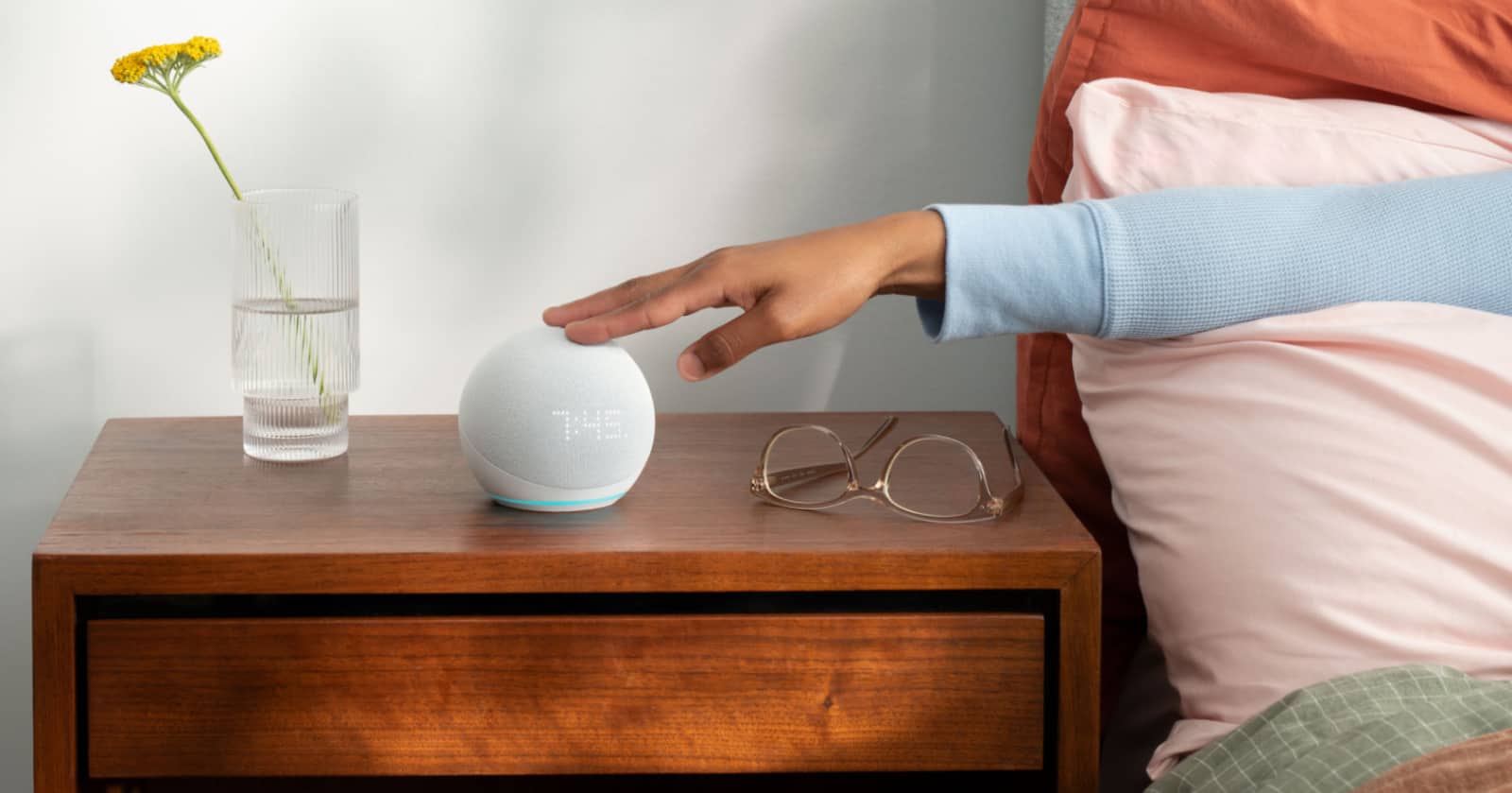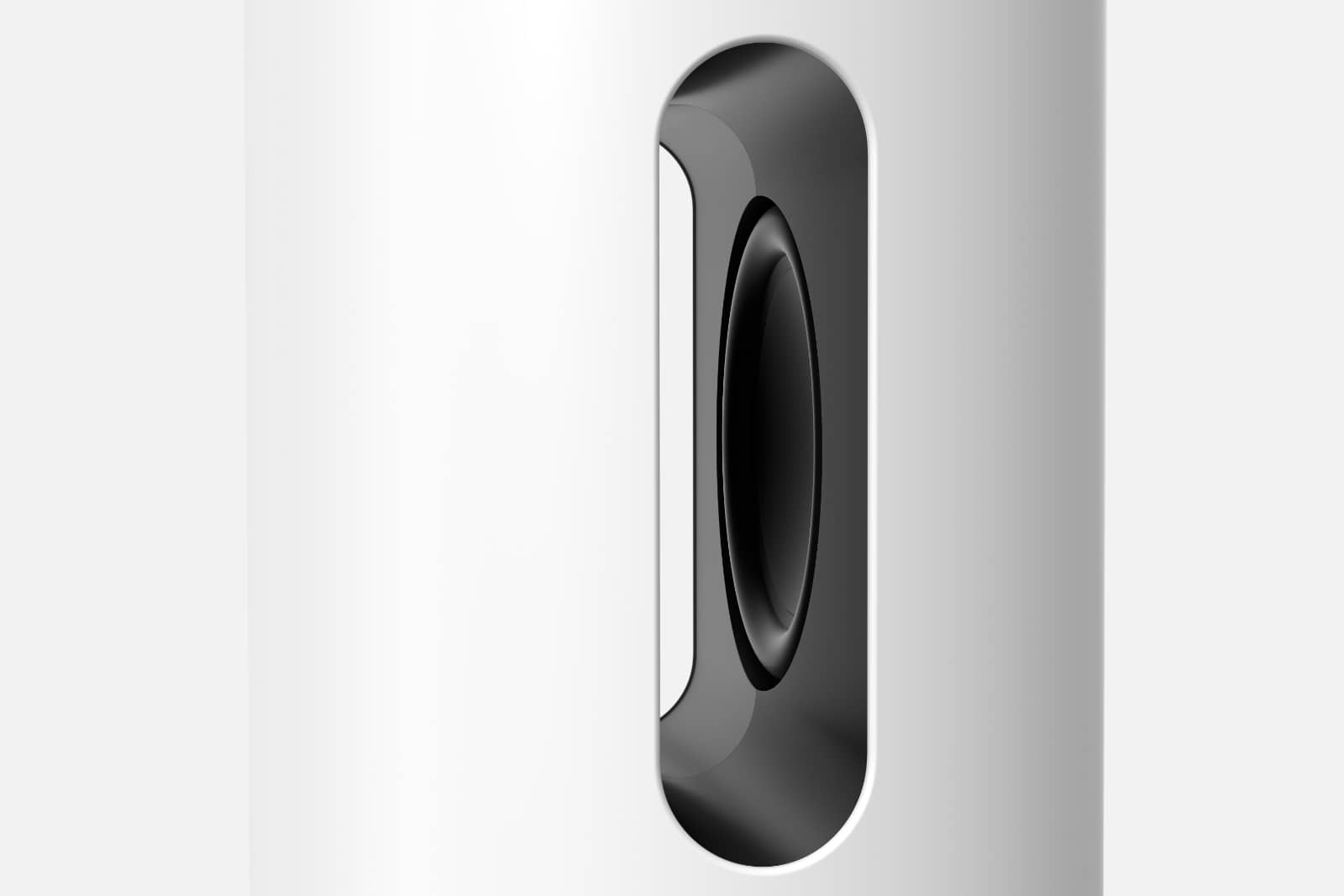This week on The Wrap, hear about new phones from Samsung, new audio gear from LG, Huawei, and Skullcandy, the difference between real Atmos and virtual Atmos, and we’ll tie it all together with the Apple HomePod reviewed.
Subscribe to The Wrap at Apple Podcasts…Transcript
It’s the week ending March 17 and 18 depending on when you think of the end of the week, and you’re tuned into The Wrap, Australia’s fastest technology roundup. And with the middle of March appears to come all the sound news, or a lot of it anyway.
We know next week will have some more, what with Nothing announcing something is on the way, and we wonder just how many companies will time releases for then.
Before next week hits, though, let’s talk about this week, where there has been plenty to talk about and much to listen to, or to listen about.
We’ll go through the gamut of all the sound gear announced this week shortly, but before we do, Samsung has new phones announced, as it tees up a few designed to look like the S23, but without their high price.
The new models are part of the Galaxy A series, Samsung’s mid-range efforts that miss out on the space zoom camera from the S23 Ultra, and instead get less impressive camera setups, but still feature big screens, big batteries, and support for 5G almost entirely across the board.
The new phones cover what is roughly the $300 to $700 space, which is under where the S23 models sit, and essentially offer some of what those flagships deliver, but for less. Mostly that’s the screen and design, with compromises in other places.
There is a lot of competition in this space, though, so if you’re considering a mid-range 5G phone, look around, because there’s plenty to choose from. And with Google’s Pixel 7a possibly on the way, there may be a little more in the very near future.
Before then, let’s talk sound, because as we noted in our intro, there is a lot of stuff about things you can listen to.
Take what Skullcandy did which is offer a limited edition collaboration with Burton, basically making earphones for folks who like to look fancy in the snow. If you can imagine a bright leopard pattern for earphones and headphones, that’s basically what these are, though Skullcandy assures us they’ll also work in the snow if you’re heading that way.
Earphone announcements are more than a cosmetic thing, with Huawei talking up a pair of budget-focused noise cancelling earphones in the FreeBuds 5i. Priced at a little cover $150 in Australia, they’ll offer ANC for not too much in a size that’s smaller than the company’s last model, the FreeBuds 4i. There’s also an app for iOS and Android, though we have to hope it’s better than Huawei’s previous apps, because they have not been amazing.
There’s also a new microphone this week, as Sennheiser talks to podcasters and streamers for something new in the Profile, a mic with lights built into its design that glow yellow when you’re too loud, red when it’s on mute, and green when it’s ready for you to talk to it. Nicely, of course. Don’t shout at your microphone. It’ll like you more if you just talk to it.
LG also has some soundbars on the way, fresh off the back of new TVs, because there was news of that from some of the players last week. We’re entering new TV season, which also means new soundbars and sound systems are on the way, as well.
LG’s new models cover a lot of spatial, which essentially means more audio in the home that sounds more enveloping overall. Spatial audio relies on one of two approaches, either firing audio up against your ceiling to create a bubble of sound, or tricking your brain into thinking you can hear it, a virtual sound process known as psychoacoustic sound.
Depending on how much you spend, LG’s latest speakers will include more speakers firing up, plus an extra virtual layer that aims to deepen the 3D sound in your room, something LG calls Triple Level Spatial Sound. Think of it as tech to boost sound, and there’s some AI doing that job, as well.
There are a few models for this, and will likely have more on the way, as well. Sony also has a new soundbar on the way in the S2000, which is one of those virtual spatial soundbars we mentioned earlier.
Of course, there are other speakers that do spatial, and we’re checking one of them out right now, the reinvention of the Apple HomePod.
It’s a speaker made especially for Apple people, and works best with Apple Music. One might say only, but there are reasons why. Aside for being a gadget for Apple users, the HomePod takes advantage of some of Apple Music’s main features, primarily the inclusion of Dobly Atmos spatial audio, the same stuff all those new soundbars are working to include.
The speakers themselves come with five angled tweeters under a woofer inside, and uses the same chip as the Apple Watch Series 7 to analyse sound. It’ll also analyse the room you use the speaker in, taking readings from microphones to work out how the speaker should sound.
And it sounds great.
One speaker sounds solid, but two sound extraordinary, especially when paired with music mastered in Atmos. Stereo sounds great too, but really the focus on Apple’s Atmos library makes the HomePod a treat, and the speakers just spoil you.
The downside could be its reliance on Apple everything. You need an iPhone to set it up, and you’ll want Apple Music to have it work the best. If you have neither, this isn’t the speaker for you, but if you have both, well, it’s an excellent speaker all the same.
For now, you’ve been listening to The Wrap, Australia’s fastest technology roundup. Wherever you are, have a great week and weekend, and we’ll see you next time.
Stay safe, stay sane, and take care.





